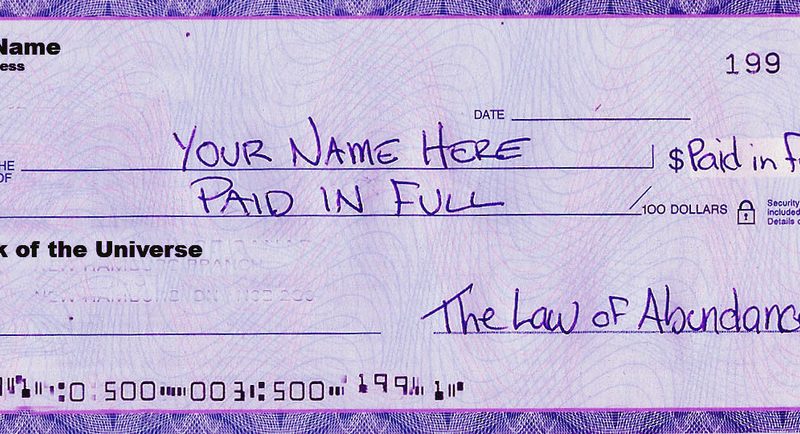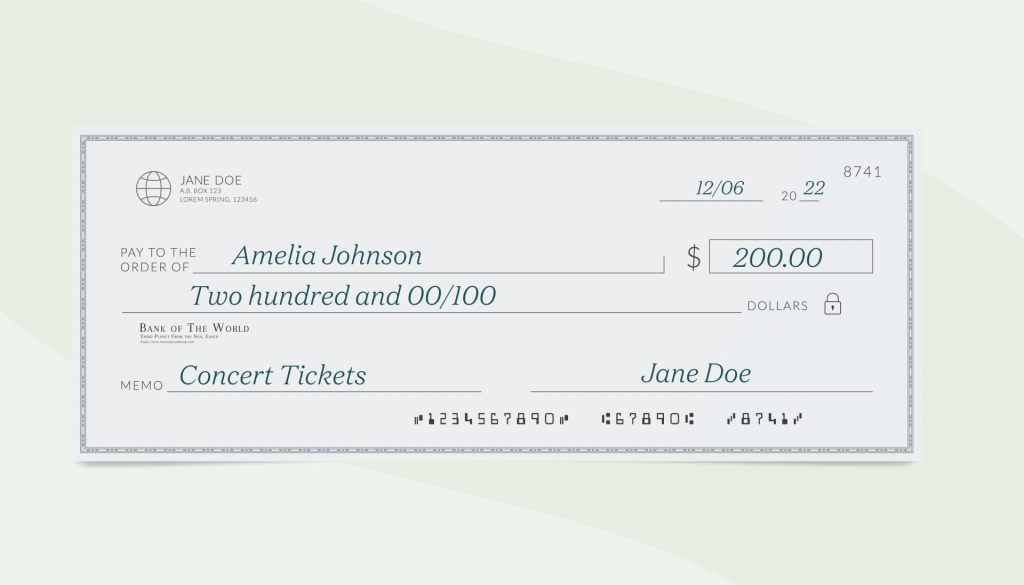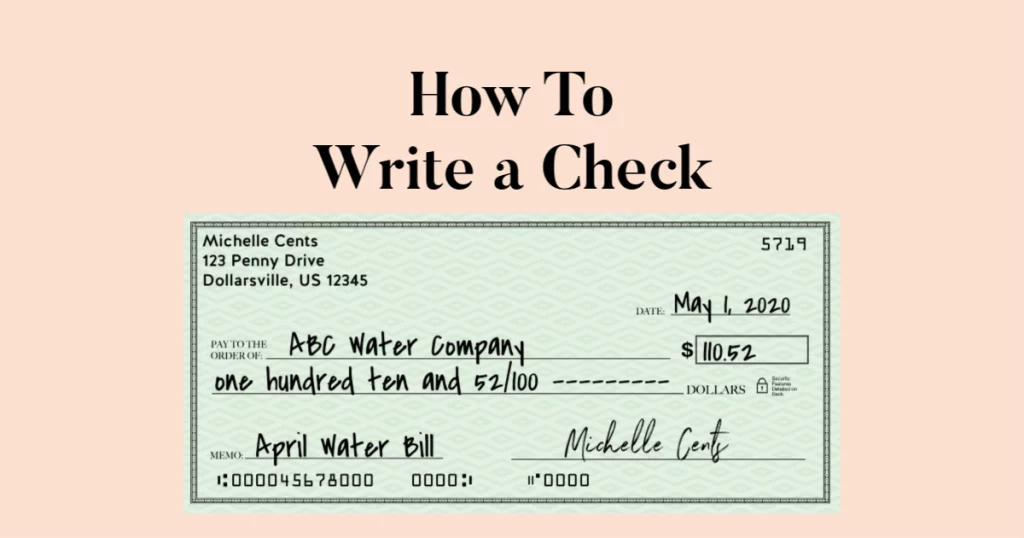Are you struggling with writing checks with cents the proper way? Don’t worry, we’ve got you covered! In this article, we’ll guide you through the step-by-step process to ensure your checks are accurate and professional.
Firstly, understanding decimal placement is crucial. We’ll explain how to correctly position the decimal point when writing the numerical amount.
Next, we’ll show you how to write the numerical amount in words. This is an essential step to prevent any confusion or misinterpretation.
Additionally, we’ll delve into including memo information on your check. This can help provide clarity and context for the recipient.
Lastly, we’ll emphasize the importance of double-checking for accuracy. Small errors can lead to big problems, so we’ll share some tips to ensure your checks are error-free.
By the end of this article, you’ll have the knowledge and confidence to write checks with cents the proper way. Let’s get started!
Understanding Decimal Placement
Let’s dive right into understanding how the placement of decimals works when writing checks with cents! It’s important to know that the decimal point separates the whole dollar amount from the cents.
When writing a check, always start by writing the whole dollar amount in words, followed by the word ‘and’ and then the cents in numeric form. For example, if you’re writing a check for $25.50, you would write ‘Twenty-five and 50/100.’ The fraction ’50/100′ represents the cents.
Remember to use a hyphen between the tens and ones place when writing the whole dollar amount in words. So, for $45.75, you would write ‘Forty-five and 75/100.’
Understanding the placement of decimals is crucial to ensure accuracy and prevent any confusion when writing checks with cents.
Writing the Numerical Amount
Now, you can quickly jot down the numerical amount using contractions, making the process more engaging for your readers.
Instead of writing ‘one hundred twenty-four dollars and 00/100,’ you can simply write ‘one hundred twenty-four dollars and no cents.’ By using contractions like ‘and’ and ‘no,’ you create a more conversational tone that is easier for your readers to follow.
Remember to always include the dollar sign ($) before the numerical amount, and write the amount in words, not numbers. This helps to prevent any confusion or errors when processing the check.
Writing the numerical amount correctly is an essential step in ensuring that your check is processed accurately and efficiently.
Converting the Amount to Words
To make sure your readers easily understand the amount, simply convert it to words using contractions like ‘and’ and ‘no’.
When writing the amount in words, remember to use the word ‘and’ to separate the dollars from the cents. For example, if the amount is $25.50, you would write it as ‘Twenty-five dollars and fifty cents.’
It is important to include the word ‘cents’ after the number of cents, even if it is zero. For example, if the amount is $50.00, you would write it as ‘Fifty dollars and no cents.’
Using contractions like ‘and’ and ‘no’ helps to make the amount clear and avoids confusion.
So, remember to convert the amount to words to ensure that your readers understand it easily.
Including Memo Information
Including the memo information is important because it helps the recipient of the check understand the purpose of the payment. Whether you’re writing a check for rent, a bill, or a personal payment, including a memo can be helpful. The memo line is usually located in the bottom left corner of the check, and it allows you to write a brief description of the payment. For example, if you’re paying your rent, you can write ‘June Rent’ in the memo line. This way, the landlord knows exactly what the payment is for and can easily keep track of it.
Including memo information ensures that your payment is properly allocated and avoids any confusion.
Double-Checking for Accuracy
Make sure you’re absolutely certain that every detail on your check is accurate to avoid any potential mistakes or complications.
Double-checking for accuracy is crucial when writing checks with cents. Start by verifying the written amount matches the numerical amount and that it includes the correct cents.
Take a moment to confirm that the payee’s name is spelled correctly and that it matches the name on your records.
Check the date to ensure it is the current date and not post-dated.
Lastly, review the memo section, if applicable, to make sure it accurately reflects the purpose of the payment.
By taking these extra precautions, you can minimize the risk of errors and ensure a smooth transaction. So, before you drop that check in the mail, take a few seconds to double-check everything.
Conclusion
In conclusion, writing checks with cents the proper way is an important skill to learn. By understanding decimal placement and writing the numerical amount correctly, you can ensure that your checks are filled out correctly and avoid any confusion or errors. Additionally, converting the amount to words and including memo information are important steps in the check writing process. Furthermore, double-checking for accuracy and taking the time to carefully review your checks before submitting them is crucial. Remember, accuracy is crucial when it comes to financial transactions.




